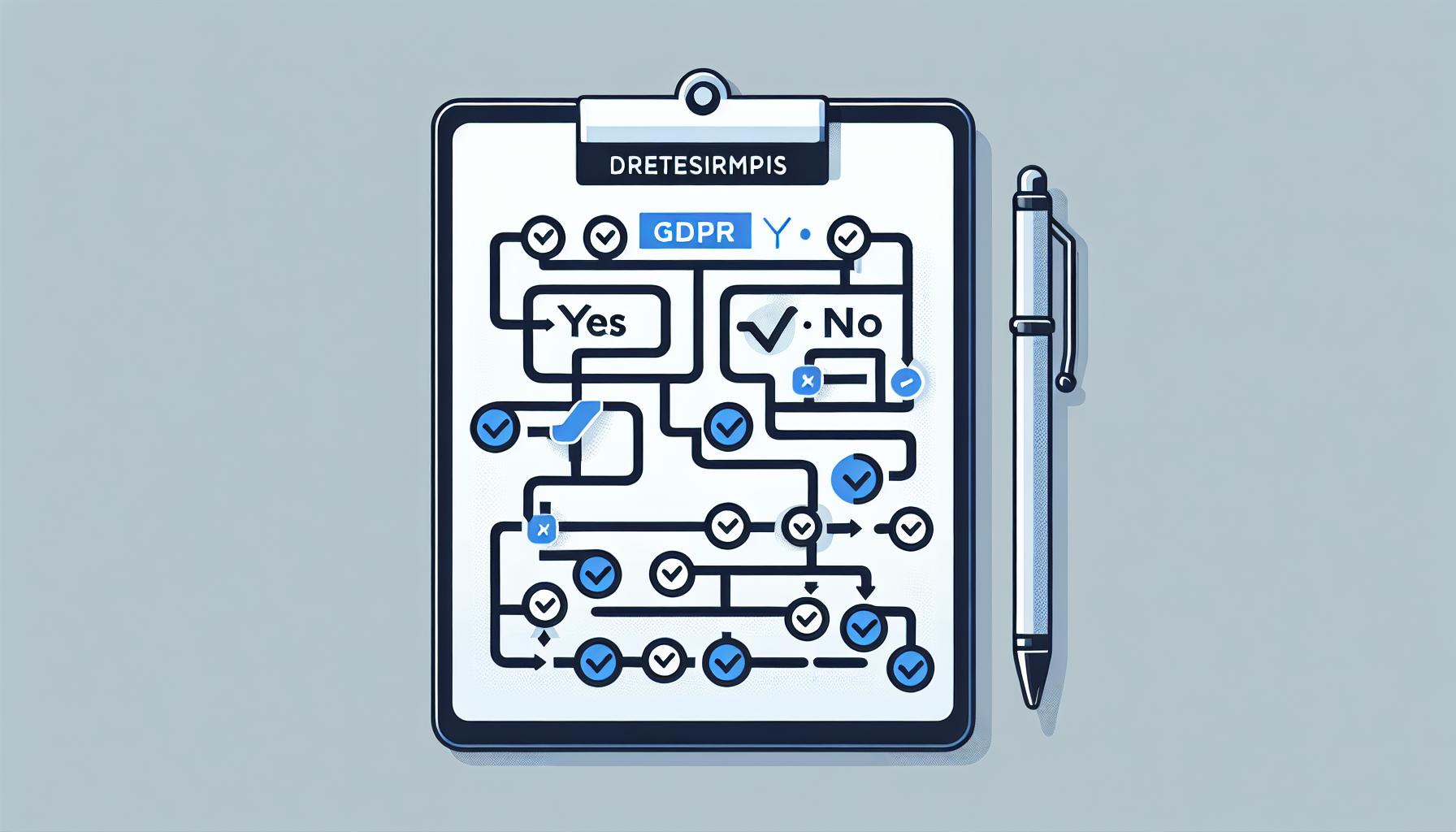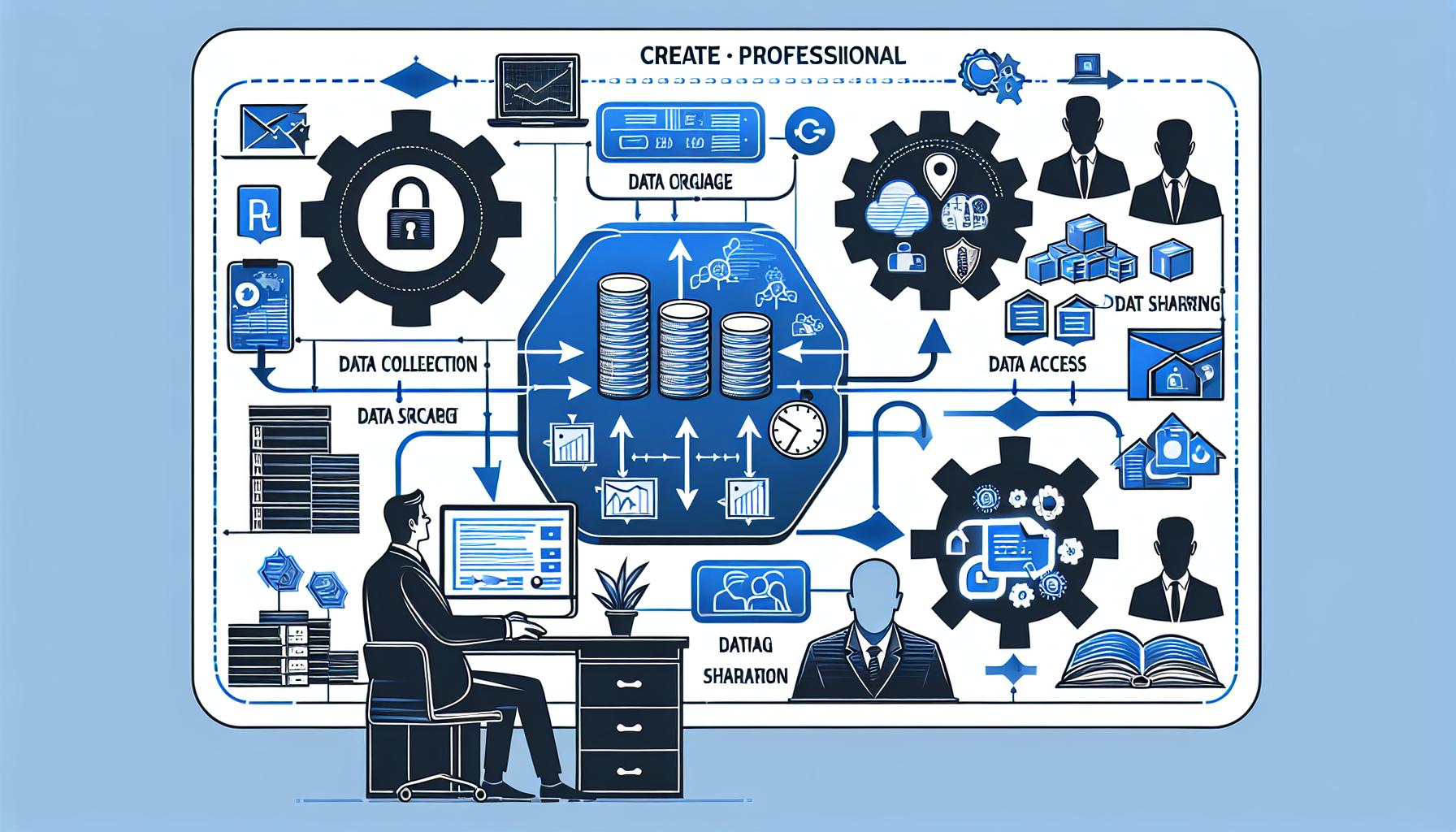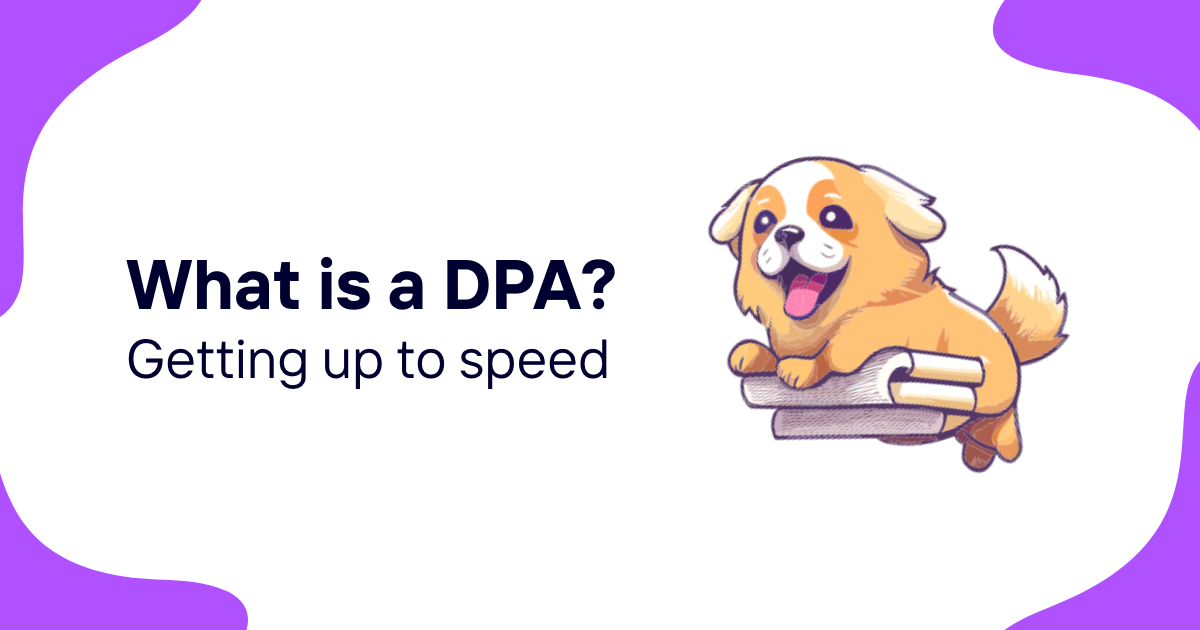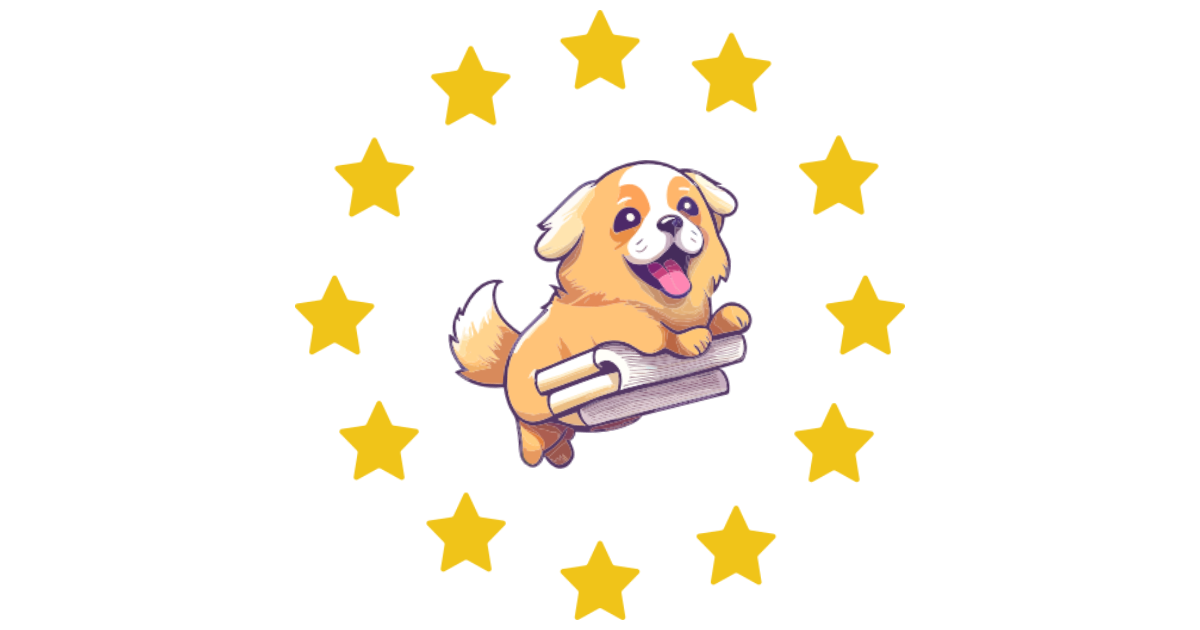Navigating the vast sea of GDPR compliance may seem daunting for US companies, especially when you're miles away from the European shores it protects. Yet, in today's interconnected digital world, understanding and adhering to these regulations is more crucial than ever. If you're handling data from individuals in the EU, GDPR compliance isn't just advisable; it's mandatory.
Fortunately, you don't have to embark on this journey alone. A clear, concise GDPR compliance checklist can serve as your compass, guiding you through the necessary steps to ensure your company's practices are up to snuff. Whether you're just starting out or looking to fine-tune your current policies, this checklist is your first step towards safeguarding your business and the privacy of your European customers.
Understand GDPR Regulations
Delving deeper into GDPR compliance demands a solid grasp of the regulations governing data privacy for EU citizens. GDPR, or the General Data Protection Regulation, plays a pivotal role in shaping how US companies handle, store, and process data from European individuals. It's not just about compliance - it's about respecting privacy and ensuring data security at every turn.
First and foremost, you need to recognize that GDPR is built around core principles such as data minimization, accuracy, and confidentiality. This means your company should only collect data that's absolutely necessary, ensure it's accurate and up-to-date, and safeguard it against unauthorized access. Understanding these principles lays the groundwork for your GDPR compliance checklist.
Moreover, consent under GDPR cannot be overlooked. It requires clear and affirmative action from individuals before their data can be processed. This goes beyond mere acknowledgment; it means your forms and consent mechanisms need to be as transparent and straightforward as possible.
But it doesn't stop at consent. GDPR provides individuals with rights that your company must honor. These include the right to access their data, the right to be forgotten, and the right to data portability. Familiarizing yourself with these rights is crucial because it affects how you design your systems and processes.
Additionally, GDPR insists on timely breach notifications. Should a data breach occur, your company is mandated to inform the affected individuals and the relevant regulatory body within 72 hours. This emphasizes the importance of having a robust incident response plan in place.
Lastly, international data transfers under GDPR require careful consideration. If your company transfers data outside the EU, you must ensure the receiving country provides an adequate level of data protection or that specific safeguards are in place.
Understanding GDPR regulations is a complex journey, but it's a necessary step toward building a trust-based relationship with your European customers. Remember, GDPR compliance is not just about avoiding fines; it's about demonstrating your commitment to data privacy and protection.
Determine Applicability to Your Company

Understanding whether GDPR affects your US-based business is the first crucial step in achieving compliance. The GDPR isn't limited to companies within the EU; it extends to any organization worldwide that processes the personal data of EU citizens. This means even if your business is located in the US, if you offer goods or services to individuals in the EU, or monitor their behavior, GDPR applies to you.
There are several key questions you should ask to determine applicability:
- Do you collect, store, or process personal data from individuals residing in the EU?
- Does your business offer goods or services to EU citizens, regardless of whether a payment is required?
- Are you tracking the online behavior of individuals in the EU?
If the answer to any of these questions is "yes," your company falls under the GDPR’s scope, and it's crucial to take steps towards compliance. Ignoring these regulations can lead to hefty fines, up to €20 million or 4% of your global annual turnover, whichever is higher.
Remember, "personal data" under GDPR is a broad term—it encompasses any information that can be used to directly or indirectly identify an EU citizen. This includes but is not limited to names, email addresses, IP addresses, and location data. It's also important to note that GDPR compliance is an ongoing process. Data protection and privacy measures need constant review and updates to ensure they meet the regulation's standards.
For US companies caught in the GDPR web, understanding these initial applicability criteria is essential. Once you've established that your business does indeed need to comply with GDPR, the next steps involve a deep dive into your data processing activities, ensuring they align with GDPR principles.
Designate Data Protection Officer (DPO)

One of the pivotal steps in your journey towards GDPR compliance is appointing a Data Protection Officer (DPO). This role is not just a formality; it's a strategic position that bridges the gap between legal compliance and operational data processing. Your DPO is responsible for overseeing data protection strategies, ensuring compliance with GDPR requirements, and acting as the point of contact between your company and the supervisory authorities.
It’s crucial to understand that not all companies require a DPO. However, if your organization processes large volumes of EU residents' personal data, conducts regular and systematic monitoring of data subjects on a large scale, or processes special categories of data, appointing a DPO is mandatory. Even if your company falls outside these parameters, having a DPO can significantly enhance your data protection framework and readiness for compliance.
Your DPO can be a staff member or an external consultant, provided they possess expert knowledge of data protection laws and practices. Essential qualities to look for include a thorough understanding of GDPR requirements, familiarity with your data processing operations, and the ability to communicate effectively with both your team and regulatory bodies.
- Monitoring compliance with GDPR, along with other national and European data protection laws and policies concerning the protection of personal data.
- Advising on data protection impact assessments (DPIAs) when required.
- Cooperation with supervisory authorities and acting as the point of contact on issues relating to data processing.
- Training and awareness raising among staff involved in data processing operations.
Integrating a DPO into your team does not only meet a GDPR mandate but also advances your company’s data protection culture. This role is instrumental in mitigating risks and enhancing trustworthiness among stakeholders and customers by ensuring that personal data is handled with the utmost care and according to legal requirements.
Conduct Data Audit and Mapping

Embarking on your GDPR compliance journey necessitates a comprehensive understanding of the data you handle, particularly pertaining to EU residents. Conducting a data audit and mapping exercise is a pivotal step toward achieving this understanding. It's your blueprint for grasping the what, why, and how of your data processing activities.
Firstly, you'll need to identify the types of data you're collecting. This includes personal data ranging from names and contact information to more sensitive data such as health information or IP addresses. Knowing the type of data you handle is crucial because GDPR categorizes data based on sensitivity and assigns specific handling requirements to each category.
Secondly, determine the flow of this data across your organization. Ask yourself: Where is this data coming from? Where and how is it being stored? Who has access to it, and with whom is it being shared? Mapping out the data flow reveals potential vulnerabilities in your data management practices and helps you understand the lifecycle of the data within your organization.
This process not only aids in pinpointing the scope of your GDPR compliance efforts but also ensures that you have a clear record of your data processing activities. Documentation is key under GDPR; should the supervisory authority inquire about your data handling practices, having detailed records will demonstrate your proactive efforts towards compliance.
Moreover, a thorough data audit and mapping exercise lays the groundwork for other GDPR requirements such as data protection impact assessments and the implementation of appropriate security measures. It ensures that you’re not just compliant on paper but are actively managing and protecting personal data in alignment with GDPR standards.
Remember, GDPR compliance is not a one-time event but an ongoing process. Regularly updating your data audit and mapping documentation as your business and data processing activities evolve is essential. This continuous effort not only keeps you compliant but also sharpens your company's data governance and enhances trust with your stakeholders.
Implement Data Protection Policies and Procedures

In the landscape of GDPR compliance, establishing robust data protection policies and procedures is not just a requirement; it's your shield against potential data breaches and non-compliance penalties. As a US company, you're navigating a complex web of regulations, yet the essence of GDPR compliance boils down to how well you manage and protect the personal data of EU citizens.
First off, you need to draft comprehensive data protection policies that reflect your commitment to data privacy. These policies should clearly articulate the purpose of data collection, the types of data collected, how it's processed, and the measures in place to protect it. Remember, this isn't a one-time effort; these policies require periodic reviews and updates to mirror changes in business practices or regulations.
Training your staff is another critical step. They should be well-informed about your data protection policies and understand their responsibilities within. Regular training sessions ensure that your team remains vigilant and compliant with GDPR. It's not just about having policies in place; it's about ingraining data protection into the fabric of your organizational culture.
The implementation phase also involves establishing procedures for responding to data breaches and requests from individuals exercising their GDPR rights, such as data access requests. Have a clear action plan that includes notifying the relevant authorities within 72 hours of a breach discovery, as mandated by GDPR.
To truly fortify your compliance, consider conducting regular audits of your data protection measures. These audits help identify any gaps or weaknesses in your data security practices, allowing you to address them proactively. Plus, they demonstrate your ongoing commitment to data protection, building trust with your stakeholders and the individuals whose data you handle.
Conclusion
Achieving GDPR compliance isn't just a one-time effort; it's a continuous journey that keeps your business aligned with the highest standards of data protection. By implementing robust data protection policies, training your staff effectively, and staying proactive with regular audits, you're not just meeting regulatory requirements—you're also building a foundation of trust with your customers and stakeholders. Remember, as your business evolves, so too should your approach to data privacy and security. Staying compliant with GDPR is an ongoing commitment to excellence and integrity in how you handle data. Keep these practices at the core of your operations, and you'll navigate the complexities of data protection with confidence.












